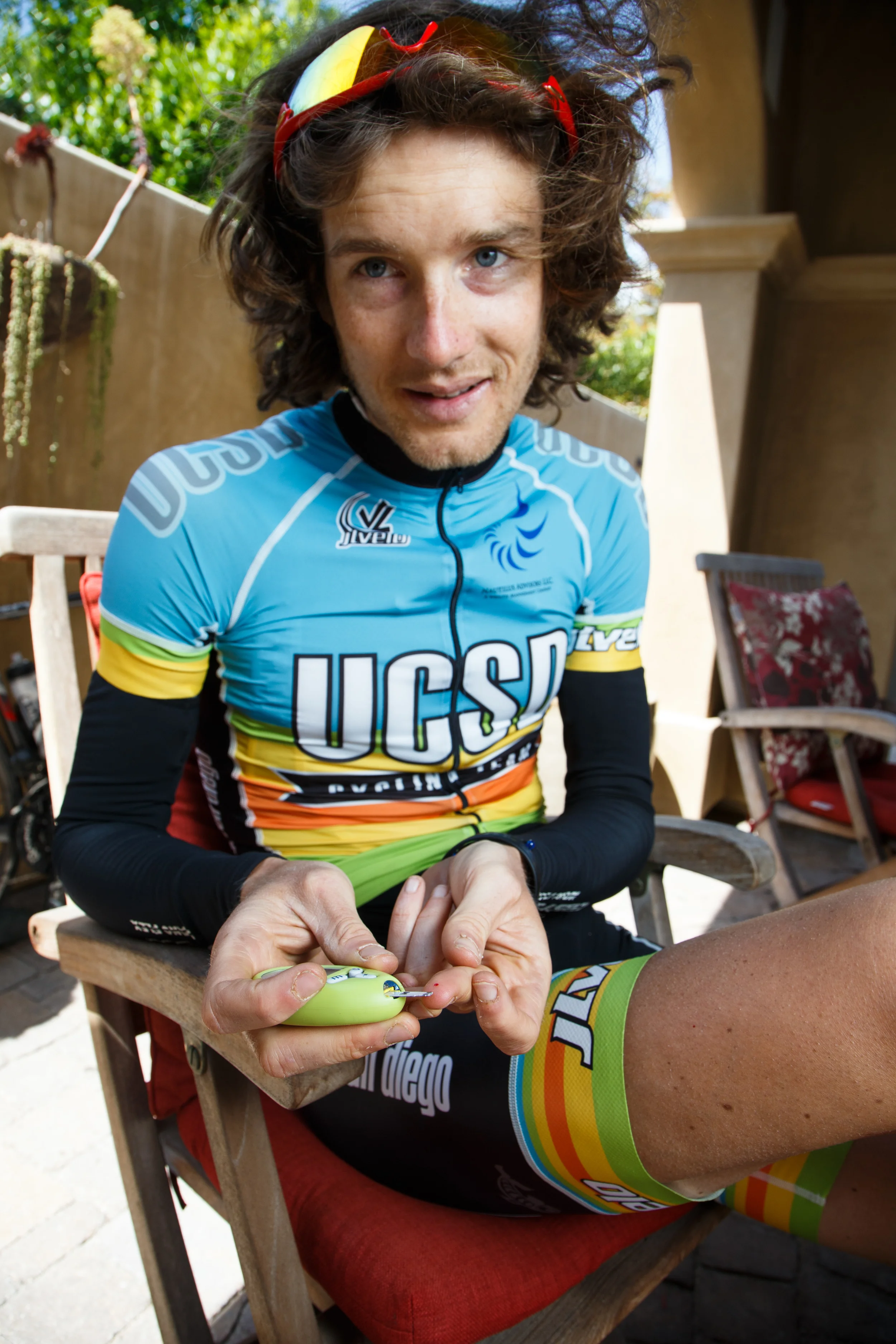The Facts
The basics
What is Diabetes?
Diabetes is a condition of impaired glucose tolerance, having diabetes means that too much sugar makes its way into the bloodstream. This can happen for one of two reasons, either the body not producing enough (or any) insulin (this is known as type 1 diabetes) or the body not being sensitive enough to the insulin it produces (this is termed as type 2 diabetes) . In both cases, diabetes can be managed with a combination of diet, exercise, and medication.
Poorly managed diabetes has many complications, these include retinopathy, neuropathy, kidney failure, and many more undesirable outcomes. Long term blood glucose management (measured using a number called HbA1c) is key in avoiding these complications. Multiple studies show the huge benefits of exercise in the reduction of long term blood glucose. We aim to help provide that exercise.
Thankfully, if detected early enough, type 2 diabetes can be reversed with healthy diet and exercise. Even in later stages, management can be hugely improved by moving more and eating better. Nobody wants to suffer unduly from their diabetes, but we all have different barriers between ourselves and our health. We aim to remove those barriers and help people to help themselves live healthier and happier lives.
The signs of diabetes include thirst, frequent urination, wounds which won't heal, lethargy, weight loss, and blurry vision. If you think you have diabetes contact a doctor as soon as possible, it’s very easy to diagnose and to treat.
18%
Reduction in HbA1c shown in a ten week exercise program
300%
Reduction of risk for complications with a drop in HbA1c from 12-9
100%
Participants in the program who have reduced HbA1c
Changing blood glucose levels
So what does insulin do? When you eat, carbohydrates (and lipids and proteins) are broken down and absorbed into the blood. This allows glucose to reach all the different tissues in the body. Some tissues (brain, liver, pancreatic beta cells) have transporters that can take in glucose right away. Other tissues (skeletal muscle, fat cells, cardiac muscle) also have a transporter, but it only works in the presence of insulin. For these cells, insulin is the key that opens the door. After you eat (if you don't have diabetes) , the glucose you absorb gets taken up directly by the liver and pancreatic beta cells. The glucose stimulates the beta cells, and the pancreas releases insulin, allowing your skeletal muscle and fat cells to take up glucose. Without insulin, the glucose stays in the blood, where it would cause all kinds of things. Excess glucose causes what's called non-enzymatic glycosylation (NEG), which basically means that the excess glucose reacts with things that it shouldn't. Insulin takes this excess glucose and allows it to be stored in the cells. A person with type 1 diabetes, and some people with type 2 diabetes would inject insulin. Other people with type 2 diabetes use a combination of exercise and medication to increase their sensitivity to their own insulin.
How what you eat affects blood glucose: Different foods get broken down and absorbed at different rates, so they all will have a different effect on blood sugar. The quickest absorption (and rise in blood sugar) would happen if you were to eat pure glucose, since no breakdown has to occur. Other foods take much longer to digest and influence blood glucose. The diet recommended for people with diabetes is just the same as for anyone else: plenty of fruit and vegetables, some whole grains and adequate fat and protein to meet caloric needs and activity levels. There are no "diabetes" foods or foods which people with diabetes can't eat. There are foods around which we should all exercise moderation, but this is no different for people with or without diabetes.
How does Exercise help: put simply, exercise burns off some of the excess sugar. When you are active, your cells become more sensitive to the insulin in your system, so it works more efficiently. There is also an insulin independent mechanism which takes glucose out of the blood during exercise. It is important for people with diabetes to take this into account to avoid a low blood sugar, but in the long run exercise can hugely benefit health.
Language
Some notes on language.
It's important to consider the way we talk about chronic conditions like diabetes. Through the language we use to discuss diabetes we can empower people to manage their diabetes better or we can make them feel helpless. The following language helps us to empower people with diabetes: first of all, we don't talk about "diabetics" but people with diabetes, they are people first and aren't defined by their condition. As such we try to refer to them as "living with" diabetes rather than suffering from, diabetes itself is not something that we have to suffer from as our participants show!
Summary
Diabetes is a condition, it doesn't have a cure but with exercise, healthy diet and education it needn't be something which negatively impacts anyone's life.


